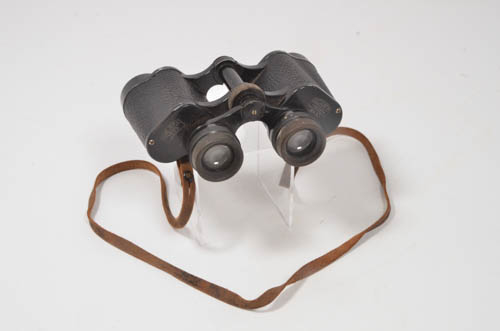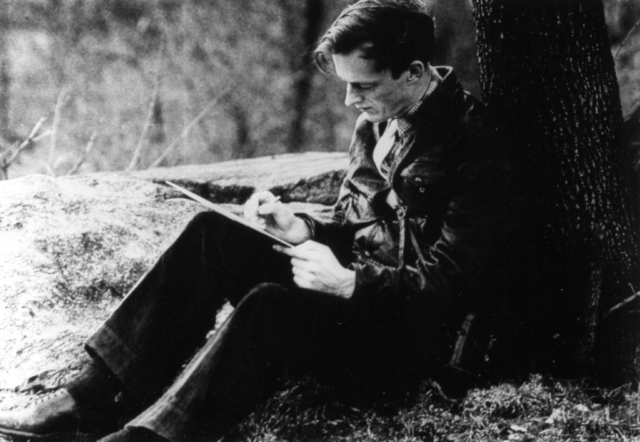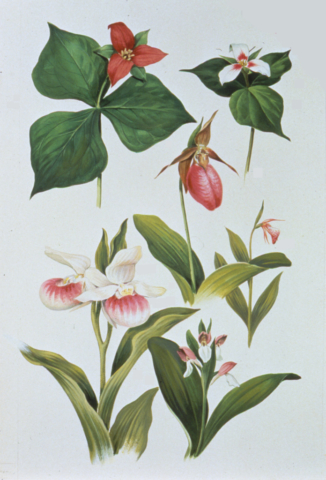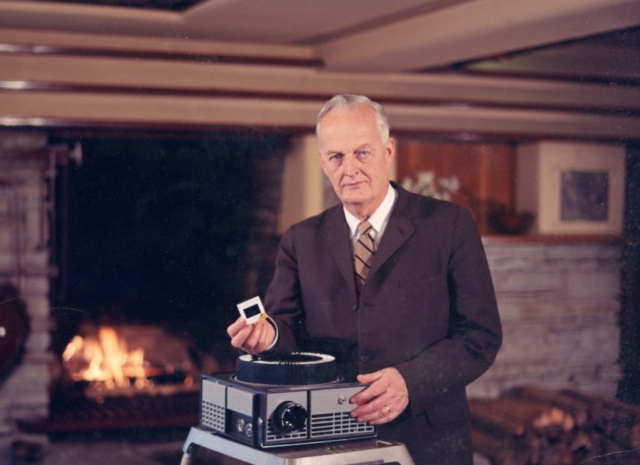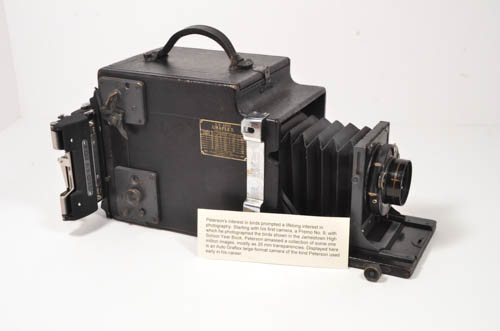Over the course of his long career, Peterson traveled the world in search of birds and other fauna and flora to paint, photograph, film and document. The Roger Tory Peterson Institute has been entrusted with the vast majority of his life’s work. Our goal is to preserve this unique, world-class collection, to make it accessible to scholars and researchers, and to share it as broadly and creatively as we can with artists, conservationists and lovers of nature all over the world.
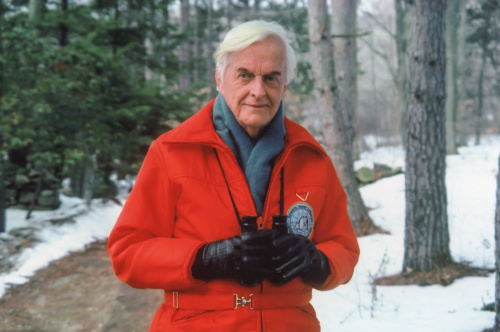
Roger Tory Peterson at home, 1978.
Items from the collection are on rotating display throughout the museum. The balance of the collection is stored in climate-controlled areas, accessible by appointment only. To request access to the collection, please contact Jane Johnson, Director of Museum Operations at jjohnson@rtpi.org.
Art
The Institute holds over 1,500 original Peterson artworks, along with hundreds of limited-edition prints and lithographs. The collection includes the work of other prominent nature artists, as well, including Robert Bateman, Guy Coheleach, John Seerey-Lester, Louis Agassiz Fuertes, Keith Shackleton and J. Fenwick Lansdowne.
Film, Still Images and Equipment
The collection includes nearly 400 nature documentaries filmed by Roger Tory Peterson in the 1950 & 1960’s, along with the motion film collections of Hugh Smith, Allen Benton, Fran Hall and Olin Sewall Pettingill. There are 200,000 slides and over 250 pieces of photographic equipment used by Roger Tory Peterson and other naturalists.
Manuscripts and Books
There is over 120 cubic feet of personal papers, correspondence and manuscripts spanning more than 70 years. The collection includes books published by Peterson, along with the bulk of his personal library of journals, periodicals and books authored by other renowned naturalists and ornithologists, including Olin Sewall Pettingill, Arthur Cleveland Bent, Guy.
Study skins
As models for his paintings, Peterson amassed a collection of preserved bird specimens, known as study skins. Now housed at the Institute, the collection contains common, rare, and several extinct species, some dating back to the 19th century.
.





